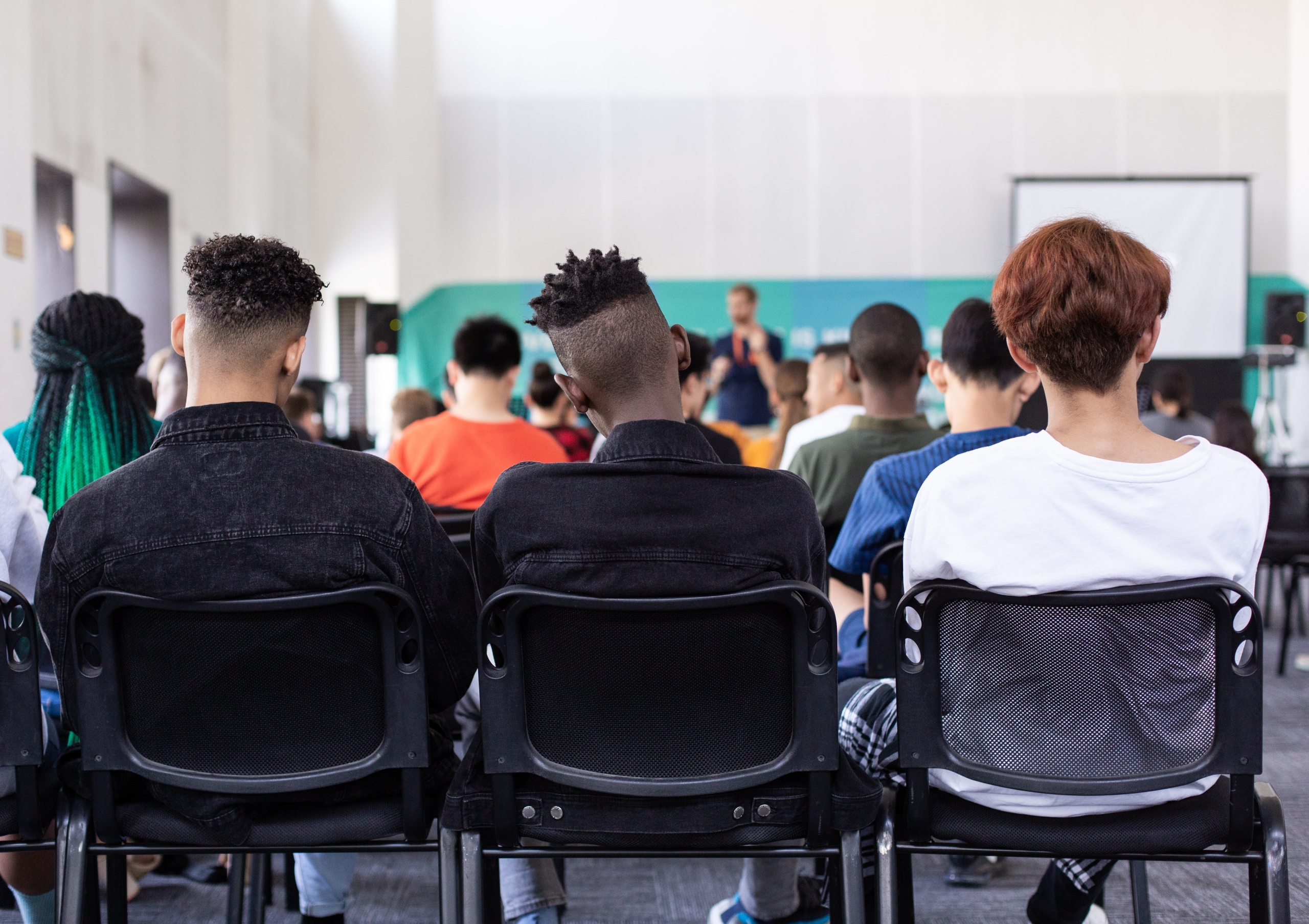As a teacher, it’s incredibly important to have open discussions to students about pornography. It’s critical to educate them on the potential harms associated with viewing and sharing this material, as well as providing resources that can help guide them if they do choose to explore this type of content.
When discussing pornography with students, it’s important to have an open dialogue and provide support throughout the conversation.
In our latest blog, we’ll be having a discussion about how to talk to students about pornography. We’ll go over tips on how to start the conversation, discuss potential repercussions and impacts of viewing pornographic material.
The Impact of Teens Viewing Pornography
While it’s very common for adolescents to explore curiosity related to sex, we don’t want them exposed too soon. Let’s delve into the particular explanations why.
To begin with, pornography is developmentally unsuitable for children and can promote the formation of opinions regarding sexual activity in damaging ways. Children aren’t experienced enough to sort through these multifaceted and sometimes dangerous issues including inaccurate beauty standards, damaging representations of both men and women, as well as blurring the distinctions between pleasure and violence.
All of this can desensitise young people in different ways. For instance, studies have found that teens who frequently view pornography are more likely to engage in risky sexual behaviours, have negative attitudes towards women, and experience lower self-esteem.
It’s also important to note that not all pornography depicts consensual sexual behaviour. Young people may come across images or videos that depict non-consensual sexual acts or other forms of abuse, which can have a significant impact on their mental and emotional well-being.
Understanding Why Teens Seek Out Pornography
It’s natural for young people to be curious about sex and sexuality, and pornography may seem like an easy and accessible way to satisfy that curiosity. Adolescents may be influenced by peer pressure or feel the need to fit in by viewing pornography. However, it’s important to recognise that there are healthier and more informative ways to learn about sex and relationships.
It’s also important to consider what might be underlying a teen’s decision to view pornography. For instance, if a young person is dealing with depression or anxiety, they may seek out pornographic material as a coping mechanism. It’s important to be aware of the potential root causes and provide support for students who engage in this behaviour.
It’s helpful to remind teens that there are many different types of porn available online, and not all of them are healthy or consensual. Encouraging young people to explore alternative forms of sexual representation can help them develop more positive views about sex and relationships.

What to Talk About in the Classroom
Teachers and educators can play a vital role in helping students understand the impact of pornography and how to navigate its potential risks. Here are some key topics that can be discussed in the classroom:
- The impact of pornography: Teachers can educate students on the potential negative effects of pornography, such as its impact on mental health, relationships, and self-esteem.
- Healthy relationships: Discussions on healthy relationships, consent, and communication can help students understand what consensual sexual behaviour looks like and how to recognise and avoid harmful behaviours.
- Pornography and the law: Teachers can discuss the legal implications of accessing and distributing pornography, as well as the potential risks of sharing explicit content online.
- Digital literacy: Educating students on digital literacy and responsible internet use can help them understand the importance of privacy, safety, and ethical behaviour online.
How to Properly Address Questions About Pornography
It’s important for teachers and educators to create a safe and non-judgmental space for students to ask questions about pornography. Individuals should remember that everyone’s experience with pornography is different and that all questions should be addressed with respect and patience.
When responding to questions about pornography, it helps to provide factual information as well as a safe space for students to discuss their feelings and experiences. When answering questions, it can help to acknowledge both the positive and negative effects of pornography use. This can help students understand more about how porn affects people differently and increase their critical thinking skills.
It’s also important to focus on safety when addressing questions about pornography. Educators should emphasise the importance of establishing boundaries in relationships, consent, recognising signs of abuse or exploitation in pornographic materials, discussing personal values and beliefs related to sexuality, and understanding how cultural beliefs and attitudes can influence people’s views on pornography.
By providing accurate information along with support and resources, teachers can help students have more informed conversations about pornography. With the right guidance, teachers can create an atmosphere of trust and understanding so that students feel they can ask questions without judgement or fear of being shamed.
Additional Resources to Aid in Discussions About Pornography
By providing these resources to students, educators can facilitate meaningful conversations about pornography while also allowing students to make informed decisions for themselves. With the right approach and guidance, teachers can help students understand how porn affects them personally and take steps towards making healthier choices.
- Books on sex education, gender, relationships and pornography
- Professional articles or websites with information about the effects of pornography
- Online resources such as videos and podcasts to provide a more in-depth look into the subject
- Self-help books or other materials that help individuals explore their own thoughts and feelings around sexuality
- Local service providers who can offer assistance or counselling if needed.
At ICENA, we’re a leading provider of online educational resources. We provide a range of materials related to sexuality and pornography and our goal is to help students understand the impacts of pornography on their lives in an age-appropriate way so they can make informed decisions around this issue. Get in touch today to learn more about how we can help.